High-Definition Graphic Explanation: Why New Energy Vehicles Can 'Enjoy Air Conditioning Before Getting On Board'? Does Pre-Cooling Impact 'Endurance' and 'Battery Aging'?
![]() 07/18 2025
07/18 2025
![]() 594
594
In the scorching summer, when a car parked on an asphalt road with a surface temperature exceeding 50°C is exposed to the sun for an hour, the temperature inside the enclosed cabin can soar above 70°C.
Imagine the scene: as you prepare to leave work, while traditional fuel vehicle owners endure the sauna-like heat inside their cars, owners of new energy vehicles (NEVs) simply tap their phones to activate the air conditioning in advance, enjoying a cool cabin the moment they step in.
This article is approximately 1500 words long, accompanied by 5 images.
Estimated reading time: 2-3 minutes.
01 Working Principle of Air Conditioning in New Energy Vehicles
(1) Technical Principle
The air conditioning compressor in NEVs is powered by an electric motor, drawing energy directly from the power battery rather than the engine. Therefore, as long as there is sufficient electricity, the air conditioning can operate independently.
In cooling mode: The electric compressor compresses low-temperature, low-pressure refrigerant gas into a high-temperature, high-pressure state. This gas is then liquefied through heat dissipation outside the vehicle via the condenser. The liquefied refrigerant enters the evaporator through an expansion valve, where it undergoes throttling and pressure reduction to absorb heat and evaporate. Finally, the cooled air is blown into the cabin by the fan.
In heating mode: The system generates heat directly from electricity using a PTC heater or employs heat pump technology to reverse the refrigerant cycle, absorbing heat from outside the vehicle and transferring it inside. The heat pump system boasts a higher energy efficiency ratio, reducing energy consumption by 30%-50%.
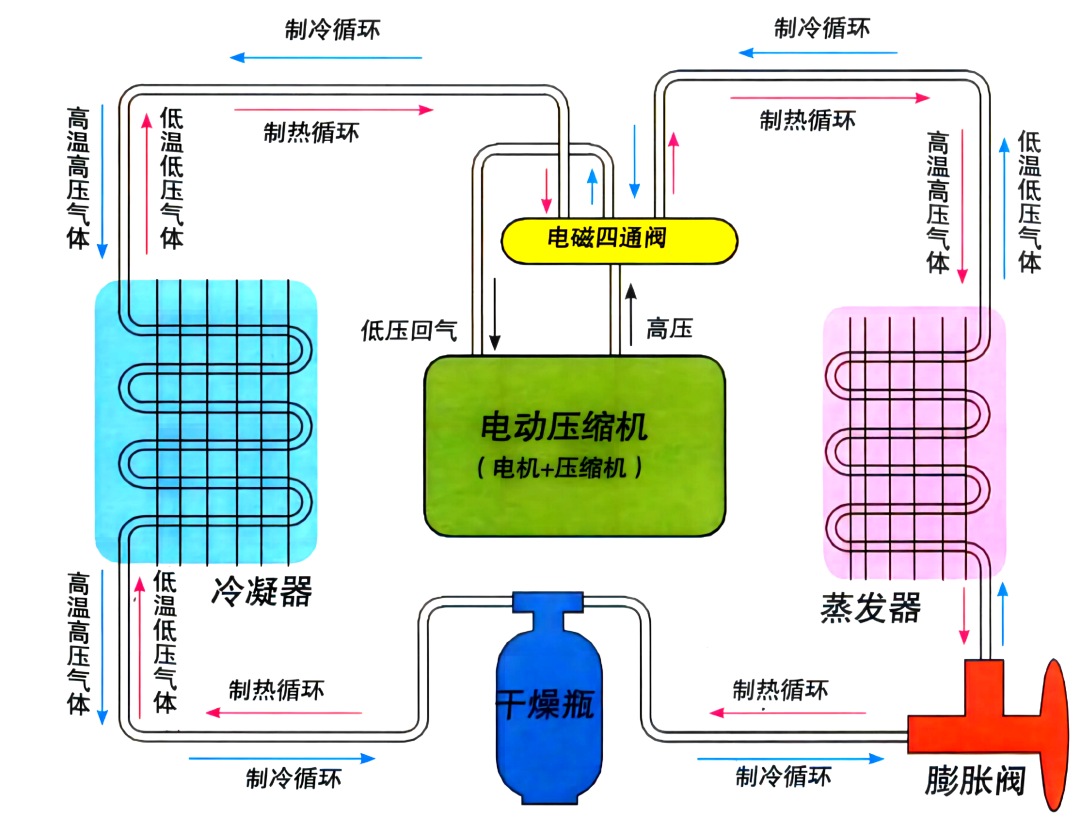
(2) Remote Air Conditioning Start Function
One of the key advantages of NEVs over traditional fuel vehicles is their electrified architecture, which provides robust support for intelligent features.
Not only can NEVs use electricity to power the air conditioning compressor, but they can also leverage wireless communication technology to connect the vehicle with the owner's mobile phone app, enabling remote air conditioning start and advance car preparation.
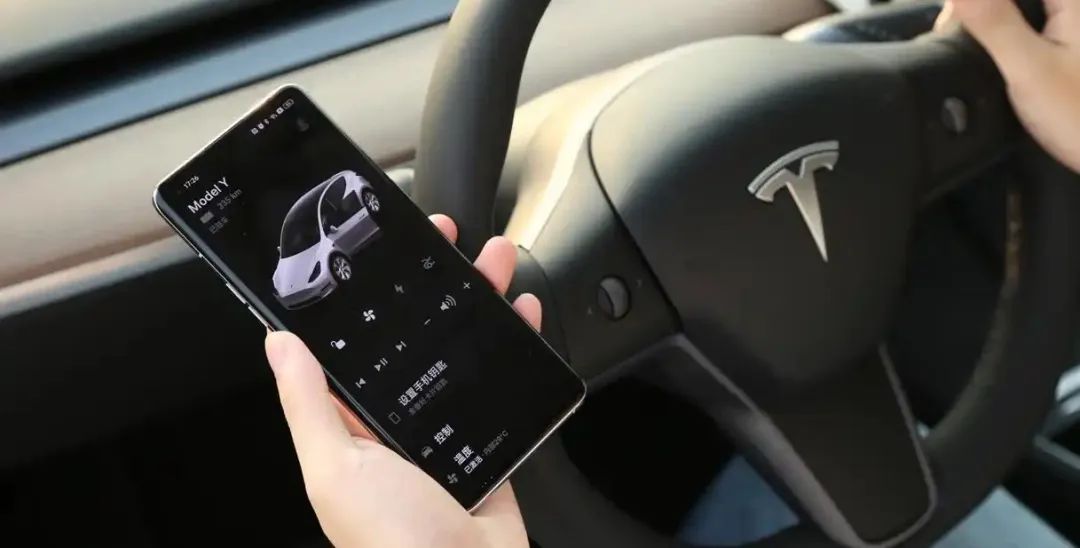
In contrast, the air conditioning compressor in traditional fuel vehicles is driven by an internal combustion engine, rendering the air conditioning inoperable without starting the engine.
Remote air conditioning start requires simultaneously starting the engine, but the compressor only functions when the engine is idling. This "idle state" does not achieve true "engine-off operation" and poses safety hazards like carbon monoxide leakage and high fuel consumption. Some countries/regions prohibit prolonged idling for these reasons.
02 How Much Does Pre-Cooling Impact the Endurance of New Energy Vehicles?
Air conditioning is a significant energy consumer. For pure electric vehicles, there's already "endurance anxiety" during long-distance travel, and "air conditioning anxiety" when stuck in traffic with the AC on. So, how much does pre-cooling affect the endurance of NEVs?
(1) Pure Electric Vehicles
Air conditioning in pure electric vehicles relies solely on the power battery. With only one energy source, "air conditioning anxiety" is particularly acute during summer traffic jams.
In summer, automotive air conditioning consumes approximately 1-3kW of cooling power, while heating power (PTC heating) in winter reaches 5-8kW, consuming 1-8 kWh of electricity per hour. This reduces endurance by 6-53 kilometers.
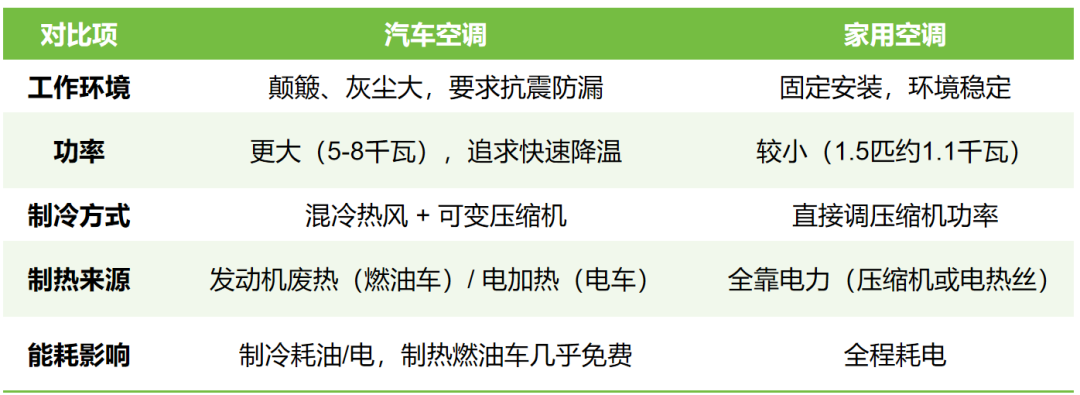
Suggestions:
1) Use physical sunshades and auxiliary cooling features like ventilated seats to reduce cabin temperature.
2) Pre-cool/preheat to shorten air conditioning runtime.
(2) Hybrid Vehicles
Hybrid vehicles can switch to fuel mode when the battery is depleted. While the engine can power the air conditioning, fuel consumption will increase accordingly.
However, this doesn't mean hybrid vehicles are free from endurance anxiety. Most plug-in hybrid owners prefer electric mode, and hybrids typically have smaller battery capacities, placing greater strain on the power battery.
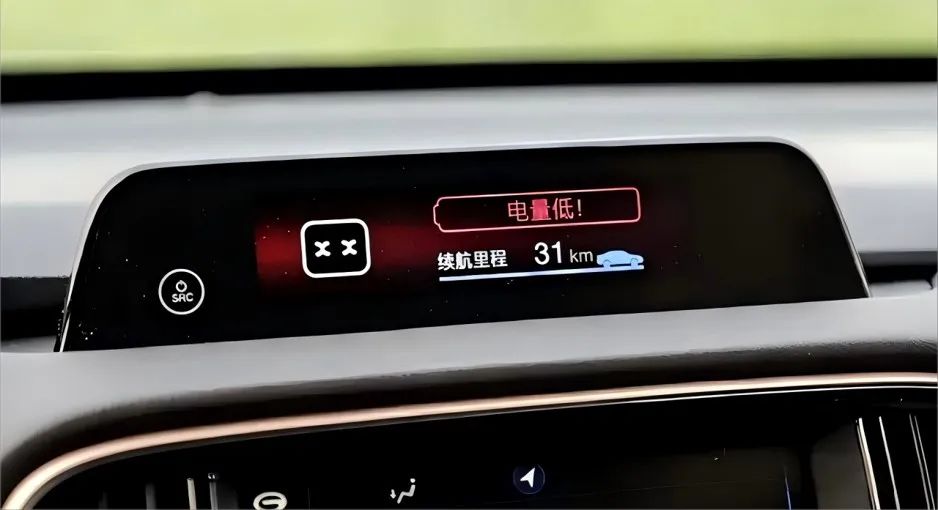
Suggestions:
1) Enable fuel mode during long-distance travel to prioritize air conditioning operation.
2) Maintain battery charge between 50%-80% to balance endurance and battery health.
03 Does Pre-Cooling Accelerate Battery Pack Aging and Performance Degradation?
In the long run, frequent summer air conditioning use increases battery cycles, indirectly shortening battery life.
Most NEVs are designed to automatically disconnect air conditioning power when the battery level is too low (e.g., 10-15%).
Some models automatically power off after a certain period if the vehicle is not operated following remote start, preventing no-load power consumption.
Does running the air conditioning while charging damage the battery?
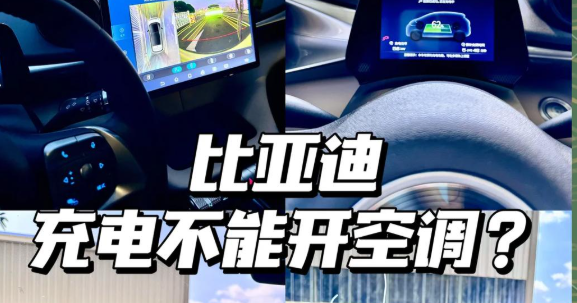
The electrical energy required for air conditioning operation comes directly from the external power grid, not the vehicle's battery pack. It's akin to "replenishing energy" for the battery while using "newly charged electricity" to power the air conditioning, thus causing no damage.
Furthermore, the battery management system (BMS) monitors charging power and air conditioning load in real-time, dynamically adjusting the charging strategy to avoid harmful "simultaneous charging and discharging" states.







